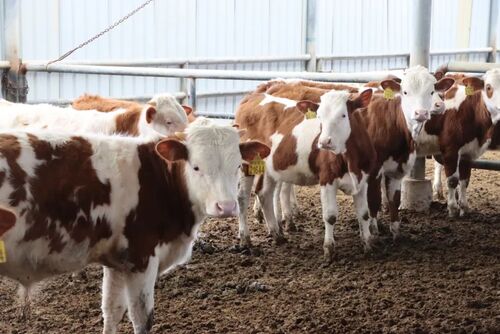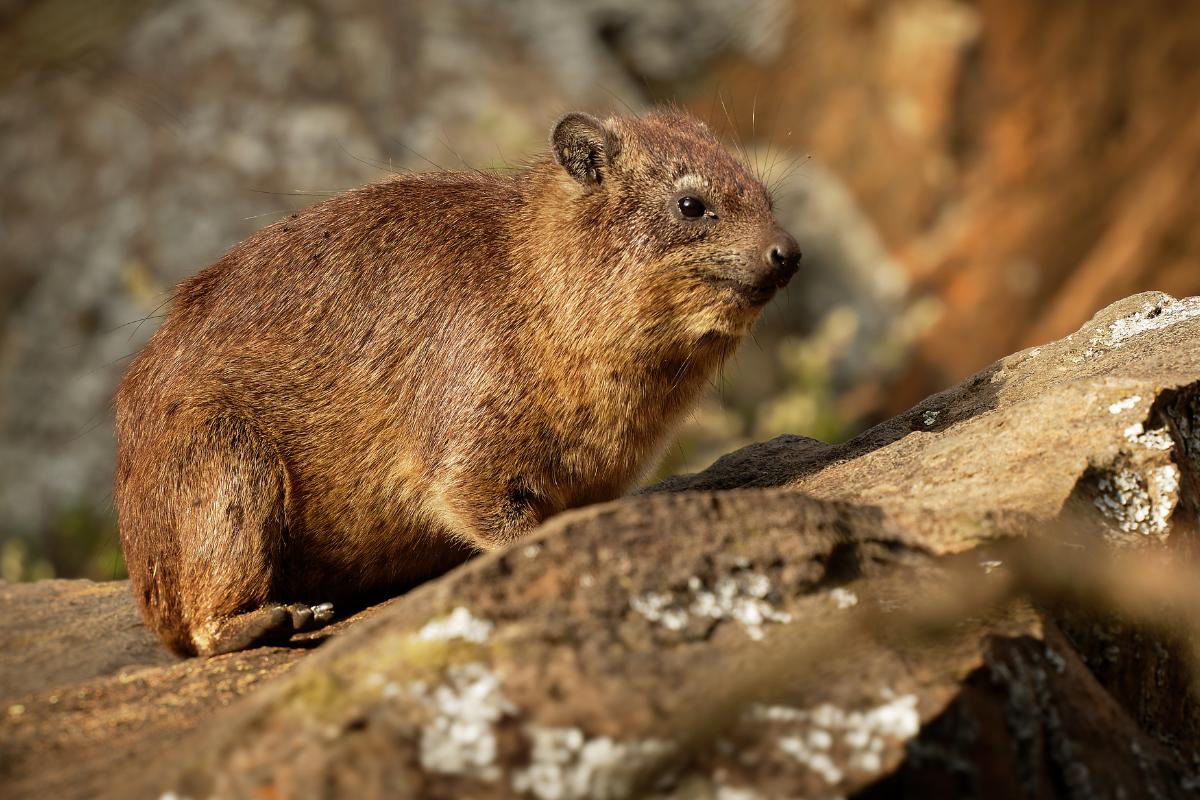What is animal husbandry?
Animal husbandry is the part of agriculture that focuses on the breeding and management of animals for meat, dairy products, leather, Hair and other animal products. It includes the breeding, raising and management of livestock, often in conjunction with the production of agricultural crops. Animal husbandry plays a vital role in the global economy, providing not only food for humans but also Providing employment opportunities and economic support to many communities.

Main types of animal husbandry
Beef cattle breeding: mainly used To provide beef, beef cattle farming is mainly divided into three stages: breeding, fattening and slaughtering.
Dairy cattle farming: Focus on the breeding of dairy cows to produce Dairy products, such as milk, cheese and butter.
Sheep husbandry: Sheep not only provide mutton, but also produce wool and goat milk. There are many types of sheep, which are classified according to different uses. < /p>
Pig farming: Pigs are raised for pork, one of the most consumed meats in the world. Pork production is vital to the economies of many countries. Important.
Poultry farming: including chickens, ducks, geese, etc., mainly provides meat and eggs, and is an important source of protein.
Other animal breeding: such as horses, rabbits, deer, etc. Although they account for a relatively small proportion of animal husbandry, they also have specific economic and cultural value.
Importance of animal husbandry
1. Economic contribution
Animal husbandry contributes to the global economy has made a significant contribution. According to the Food and Agriculture Organization of the United Nations (FAO), livestock accounts for a significant share of the total agricultural output value. Many countries rely on livestock as a major economic pillar, providing livelihoods for farmers and communities.
< h4> 2. Provide nutritionLivestock is an important source of global protein supply. Meat, dairy products and eggs are rich in nutrients, providing essential amino acids, vitamins and minerals. These foods are essential for human growth, development and overall health.
3. Cultural and Social Values
In many cultures, Animal husbandry is not only an economic activity, but also carries rich cultural traditions and social values. Pastoral practices and customs in different regions reflect local history, religion and customs.
4. Role of the Ecosystem
Properly managed animal husbandry can promote healthy ecosystems. Animal manure can be used as organic fertilizer to help improve soil quality. In addition, certain grazing methods can help maintain biodiversity and promote plant growth.
Challenges of animal husbandry
Although animal husbandry plays an important role in the global economy and society, it also faces some challenges:
Environmental impact: Animal husbandry is one of the main sources of greenhouse gas emissions. Farmed animal waste, feed production and transportation all have an impact on the environment.
Animal welfare: As people's awareness of animal welfare increases, how to provide humane farming conditions and treatment methods has become an important issue.
Disease control: Animal diseases such as foot-and-mouth disease and avian influenza not only threaten animal health, but also affect human food safety.
Sustainable development: How to achieve sustainable development of animal husbandry and balance the needs of economic growth and environmental protection is an urgent problem to be solved.
Future trends in animal husbandry
In order to meet the above challenges, animal husbandry is moving towards a more sustainable and efficient direction:
Technological innovation: Use biotechnology and information technology to improve breeding efficiency, disease control and feed management. The rise of genomics and precision feeding will promote more efficient animal breeding.
Organic and sustainable farming: More and more consumers are paying attention to the source and production methods of food. Organic and sustainable farming methods will be favored, promoting green consumption and production.
Animal welfare: The focus on animal welfare will promote the improvement of farming standards and promote more humane farming practices and certification.
Development of alternative proteins: With the rise of alternative proteins such as plant-based and cell-cultured meat, the livestock industry will face new competition. The development of these alternatives will help reduce environmental pressure.
Livestock industry occupies an important position in global agriculture and has made great contributions to economic development, nutrition provision and cultural heritage. In the face of environmental challenges and social concerns, the future animal husbandry will need to continuously adjust and improve in terms of sustainable development, technological innovation and animal welfare. Only through these efforts can we ensure the long-term development and ecological balance of animal husbandry and provide safe and healthy food for people around the world.








